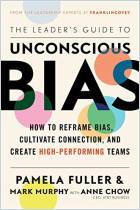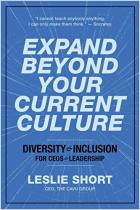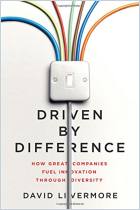
Book
Fair Leadership
How to Overcome Unconscious Bias. Practical Advice for Leaders
Recommendation
Fair leadership means giving all employees the same opportunities. Perhaps you feel confident that you meet this standard, but diversity and inclusion expert Veronika Hucke might change your mind. If you haven’t given much consideration to how stereotypes and unconscious biases can cloud your judgment and affect those around you, her book will be an eye-opening read. To implement fair leadership and nurture an atmosphere of trust within your organization, become aware of your own biases and heed Hucke’s advice on how to keep them in check.
Summary
About the Author
Veronika Hucke was head of inclusion & diversity at Philips. She supports numerous organizations, including the UN, with their diversity and inclusion strategies and initiatives.
Learners who read this summary also read
Book
Book
Book
Book
















Comment on this summary or Start Discussion